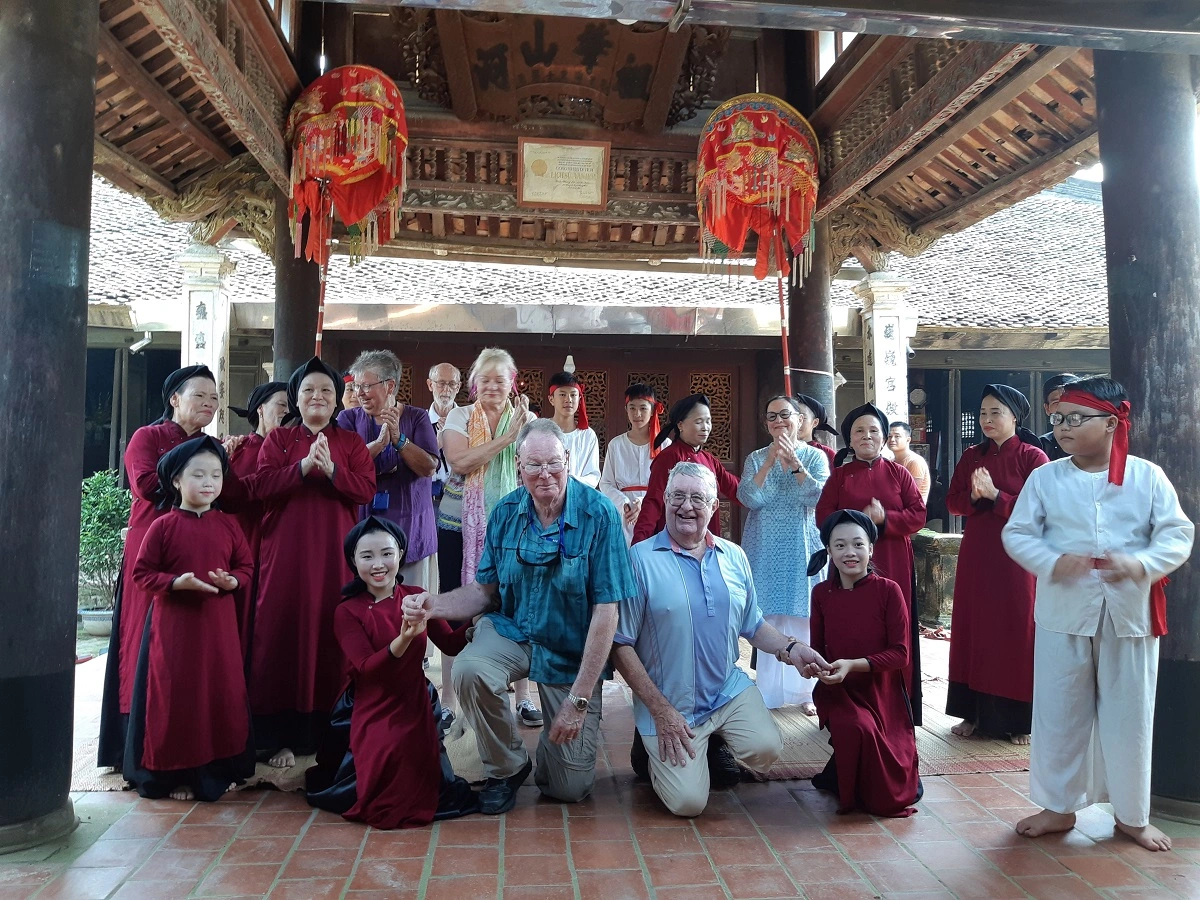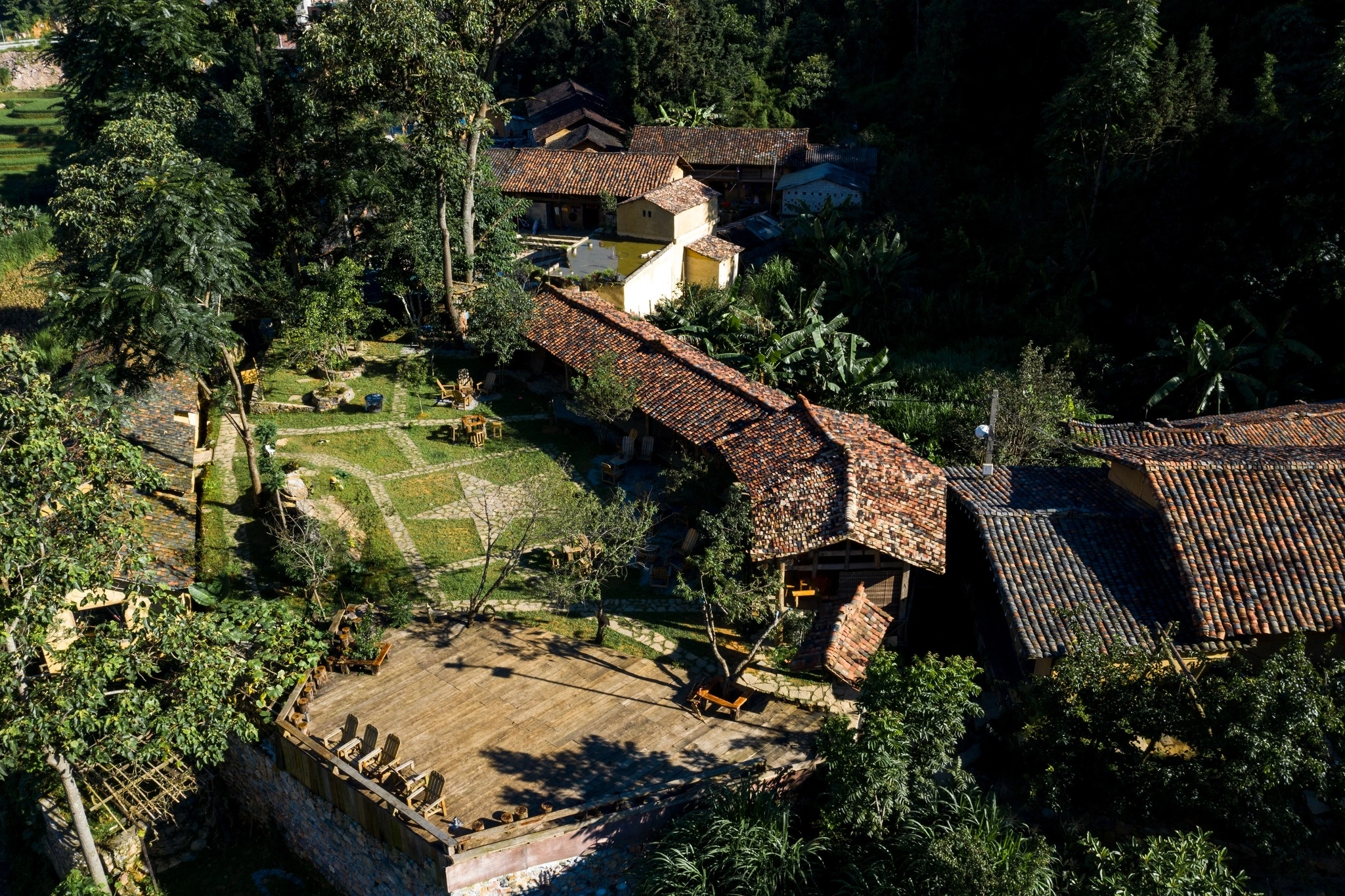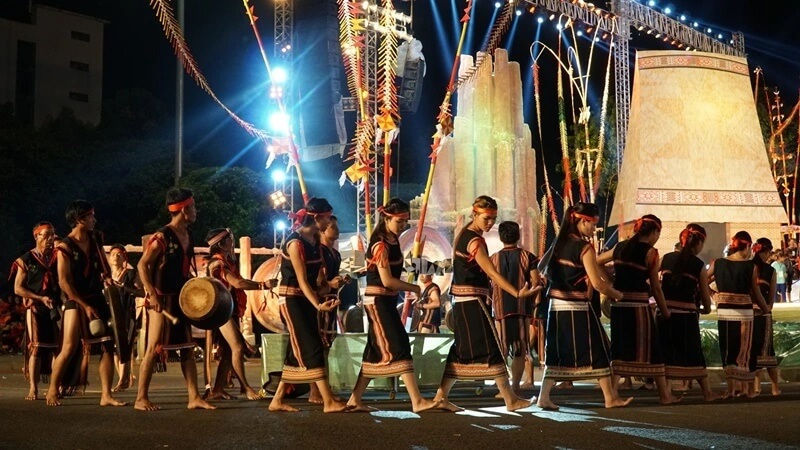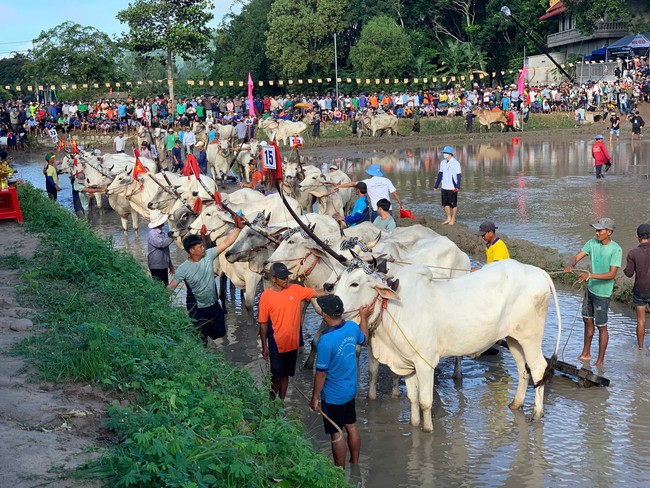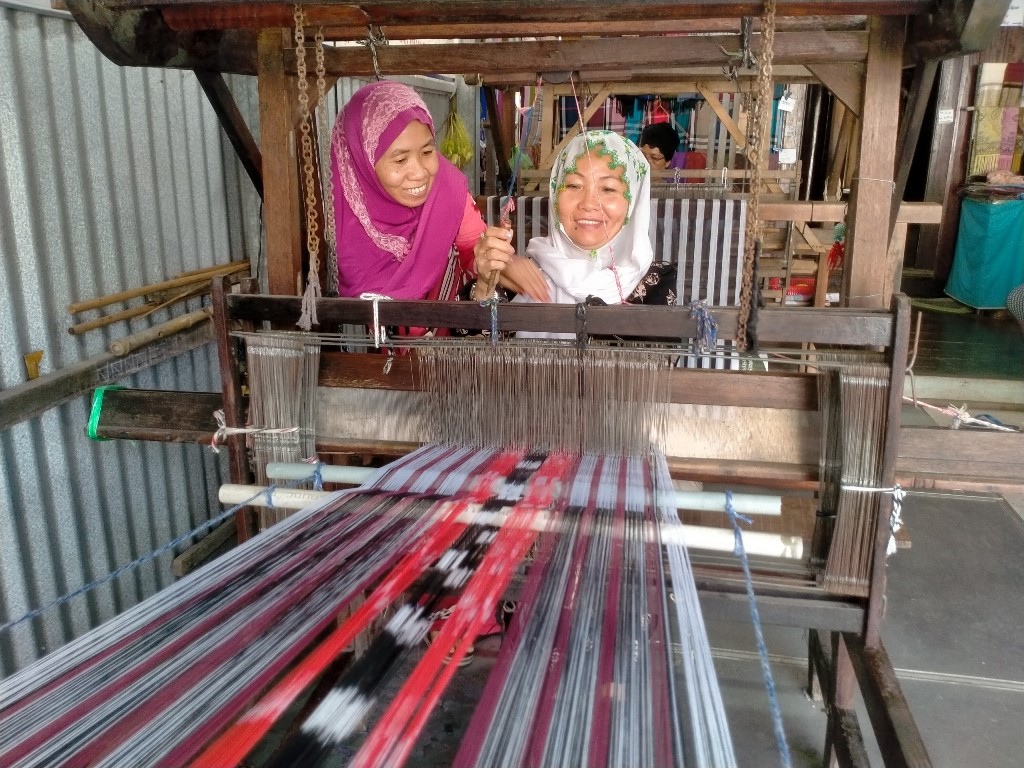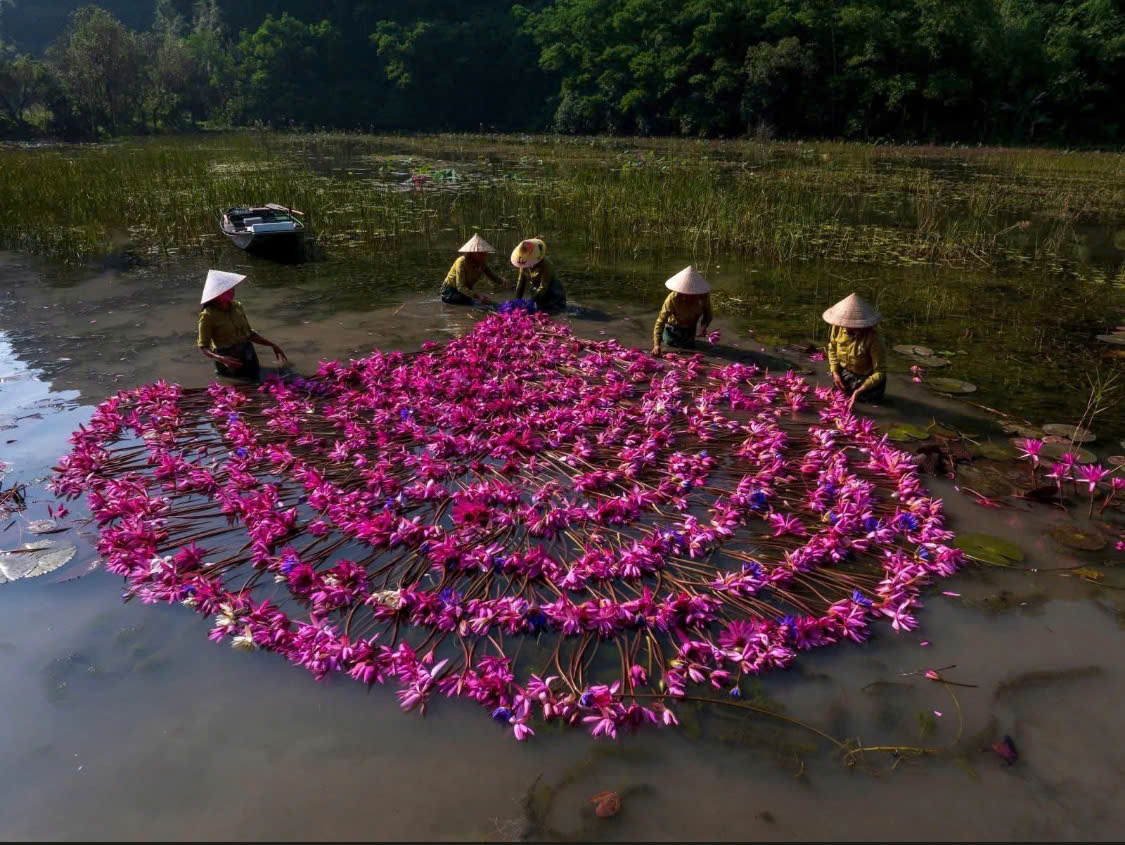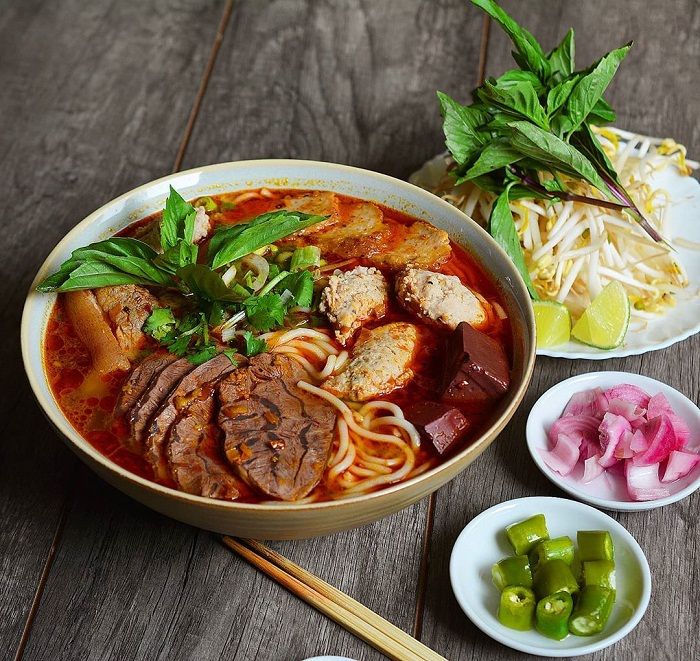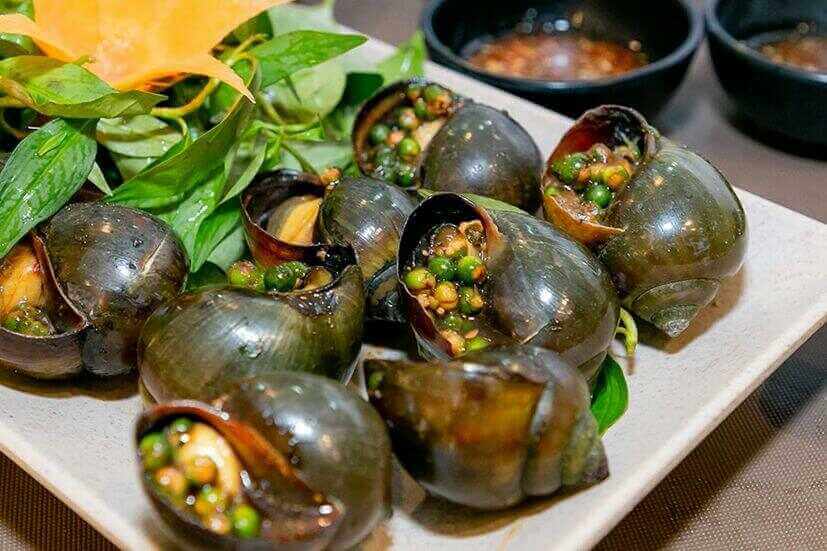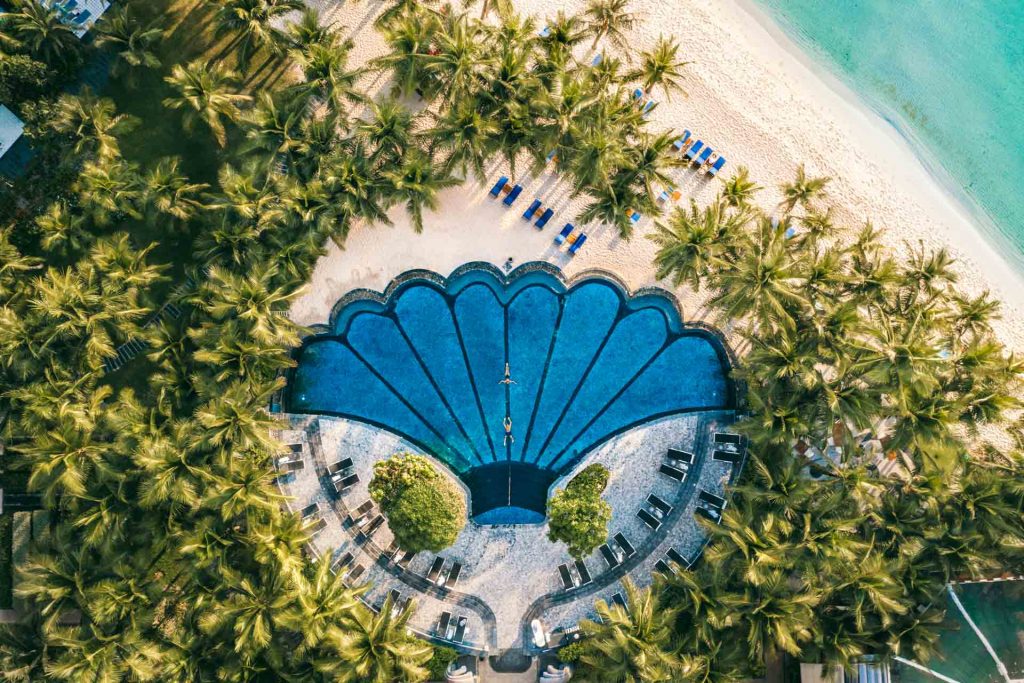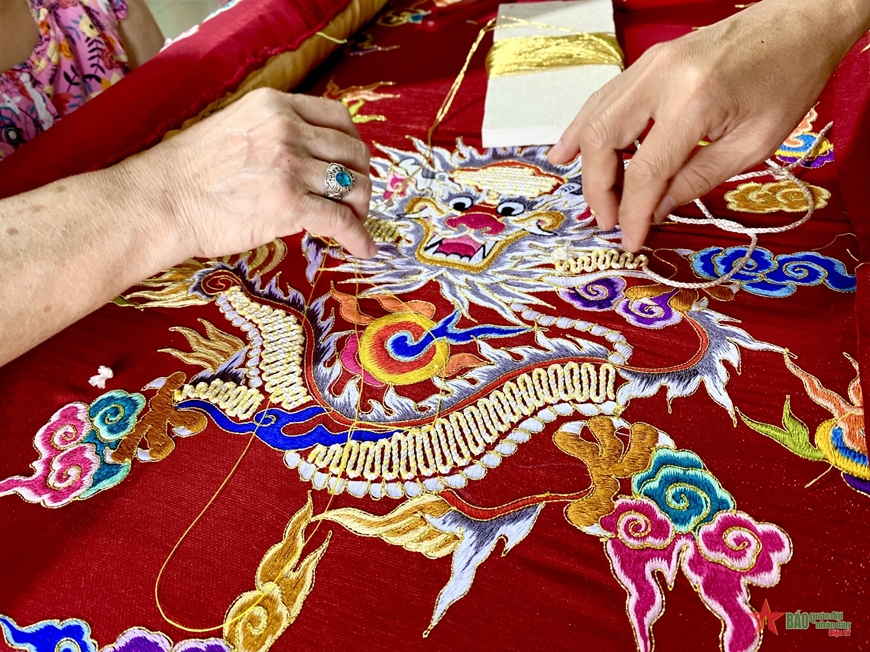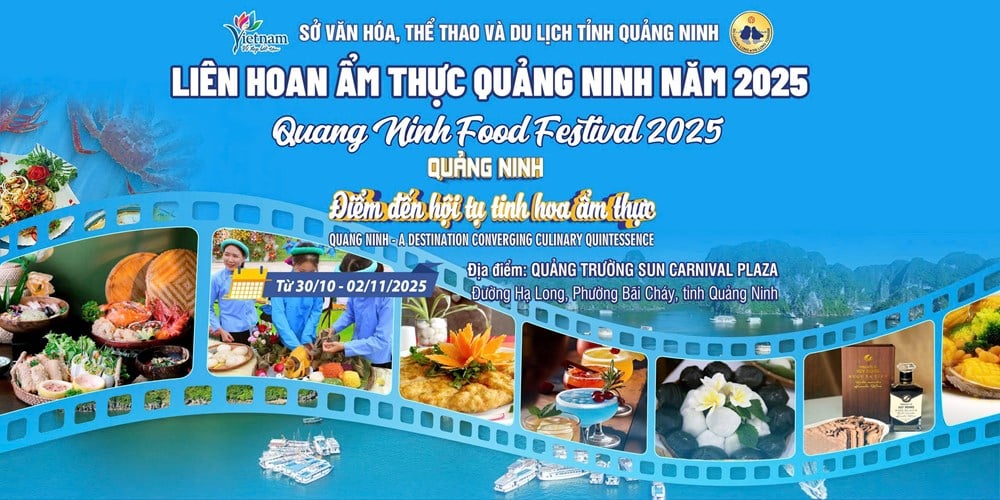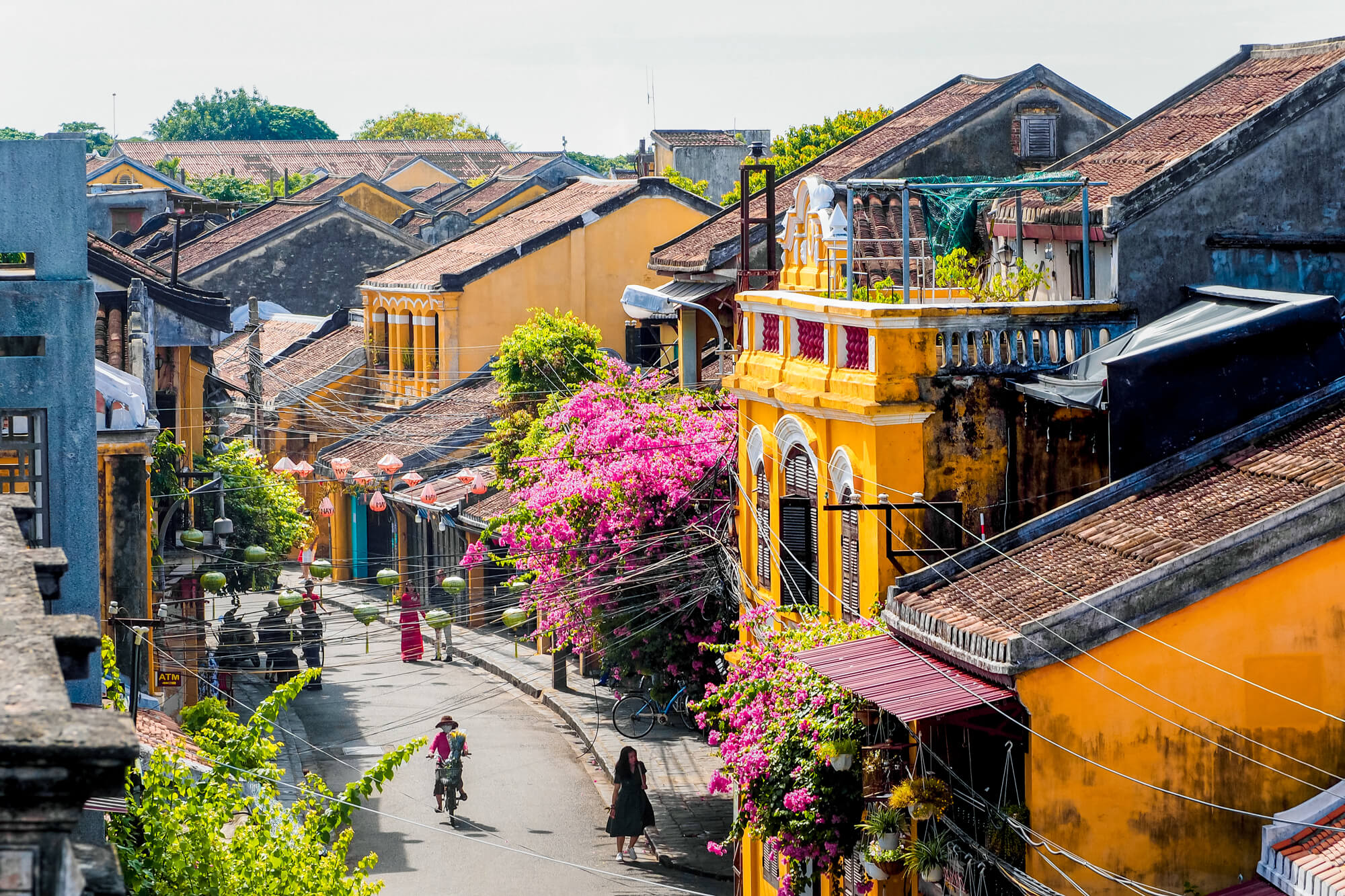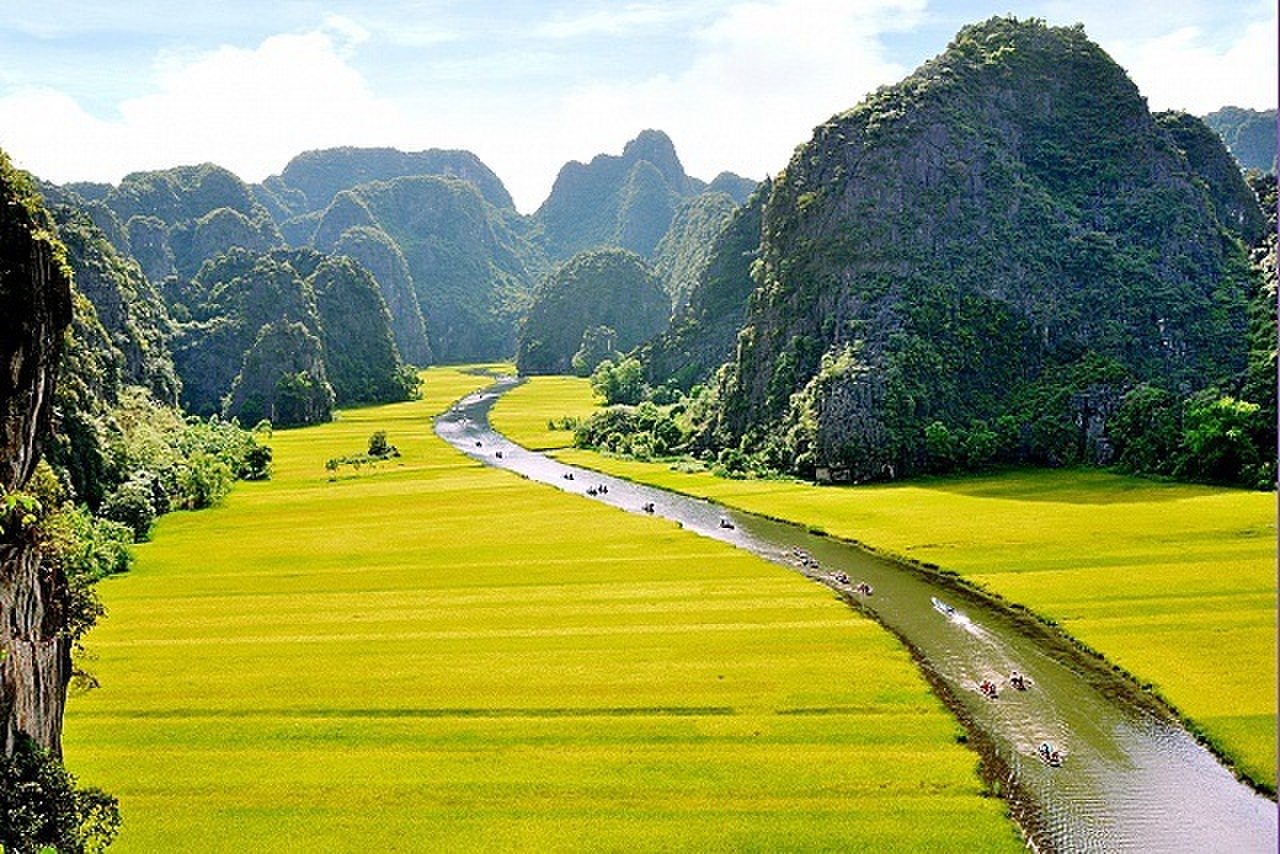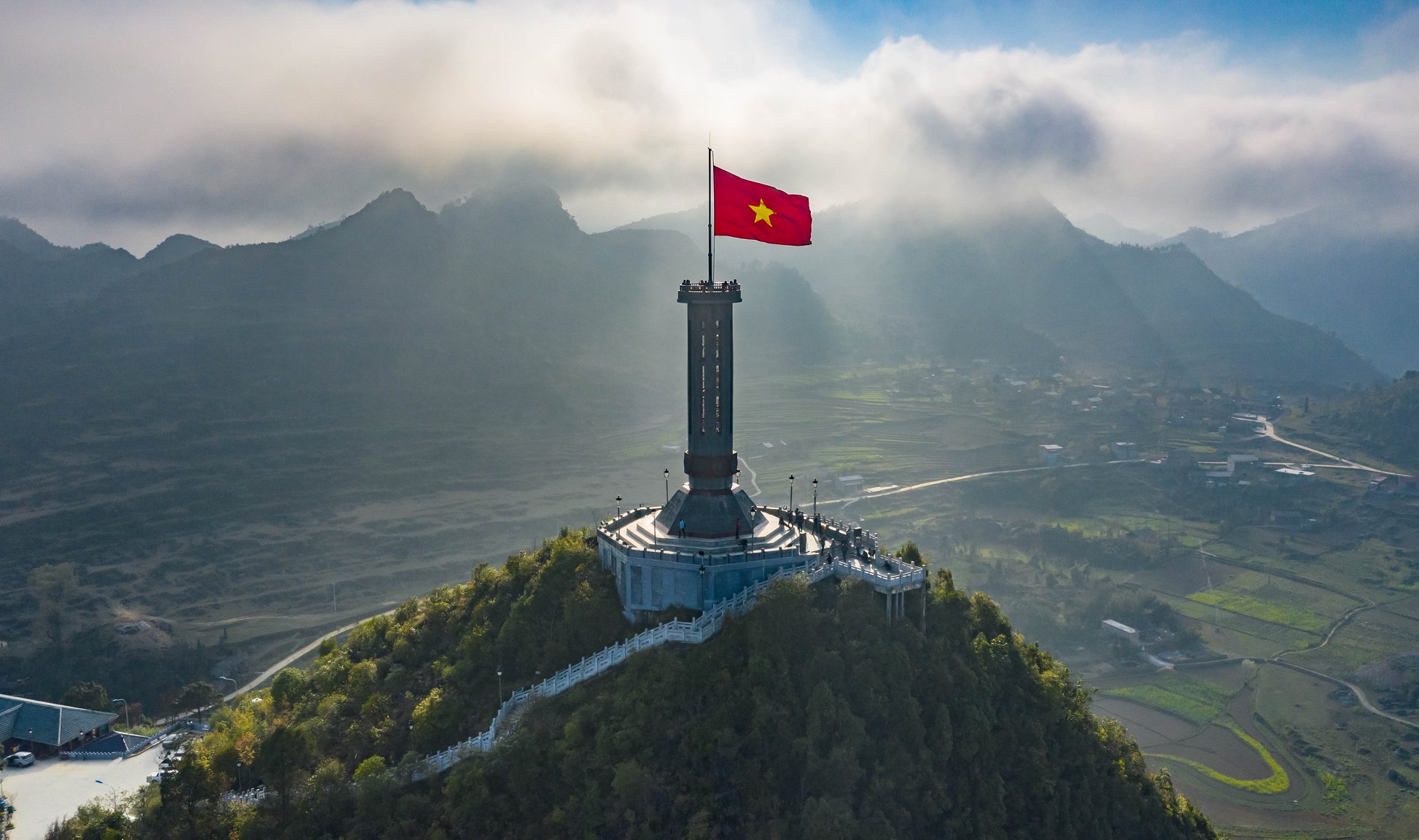Hue – The Ancient Capital of Vietnam
Hue is known as a sacred land with extraordinary people, owning abundant phenomenal poetic enchants people’s hearts. A land of civilization with a wealthy history, idiosyncratic culture, many unique heritages and festivals. Along with that, the quiet, gentleness and peace of the landscape and people here make it special and attractive. Hue is not so vibrant and bustling as other big cities, but Hue also has its own way of being attractive with its majestic but soothing beauty, making anyone who visits once will linger in their memories. Upcoming mentioned destinations are famous historical and tourist attractions in Hue that anyone who sets foot in Hue must visit at least once.
Imperial City

Located on the banks of the romantic Perfume River, Hue Citadel relic – also known by many as Thuan Hoa Citadel is an ancient citadel, belonging to the Hue Monuments Complex recognized by UNESCO as a World Cultural Heritage. The relic is located right in the center of Hue city, built with a unique architectural style. Learning about Hue Citadel, it is known that this place has a nearly square floor, the front is slightly cupped like a bow because it has to follow the slight bend of the Perfume River flowing through. The citadel’s perimeter is more than 10km wide, built in the Vauban – French citadel style (military defense technique with 24 bastions protruding outside) combined with Eastern architectural principles. Using skillful application, suitable to the actual terrain, Hue Citadel becomes a unique work of military art and architecture. The architectural characteristics of Hue Citadel are different from many previous ancient capitals.
Imperial Citadel

The Imperial Citadel is the second citadel of the Hue Citadel, designed as the residence of the king and royal family as well as the royal court’s workplace. This is also the place to worship ancestors and kings of the Nguyen Dynasty. The Hue Citadel can be considered the most massive construction in Vietnamese history to up to now. The Hue Citadel had a construction process that lasted for many years with tens of thousands of construction workers and a series of jobs such as filling rivers, digging trenches, and building ramparts also using a huge volume of soil and rock up to millions of cubic meters. Thai Hoa Palace is the most important building in the overall Imperial Citadel of Hue. This place and Dai Trieu Nghi yard were once the place where court meetings of the Nguyen Dynasty took place. Thai Hoa Palace is considered the most prominent highlight of Hue royal architectural art. The main material used to build the palace is iron-wood. The roof, columns, etc. are carved with delicate, meticulous dragon shapes. In the middle of the palace is the king’s throne placed in a solemn position, where the king sits during court meetings.
Forbidden City

The Forbidden City is the third citadel of the ancient capital of Hue. This is considered a forbidden palace reserved only for the king and royal family, even off-duty officials are absolutely not allowed to wander around. In ancient times, this work was an important area of the royal court that was given special attention and protection by the Nguyen Dynasty kings. Coming to the Forbidden City, visitors will not only be able to admire many unique architectural works but also be surprised by the heroic historical years of Vietnam. Currently, some works in the Forbidden City have undergone quite significant changes because of war and time. The Forbidden City possesses an extremely attractive and eye-catching architectural space. The way the works are distributed is calculated precisely and has a certain purpose. Therefore, the architectural system at the temple is quite closely linked together. All have created a truly magnificent and splendid palace system that captivates countless tourists. The Forbidden City has Thai Binh Pavilion, Duyet Thi Duong Royal Theater, and Thieu Phuong Royal Garden, all of which have historical beauty imprinted with time, making a strong impression on visitors.
Royal Tombs
Hue Royal Tombs are a system of unique architectural works that reached the pinnacle of construction art during the Nguyen Dynasty. This is not only a historical relic but also a symbol of Hue, becoming the most popular tourist attraction in the ancient capital. Hue owns 3 most famous and also most-visited tombs with different beauty, history and sophisticated architecture and art.
- Khai Dinh Tomb: Although it is more modest in size than the other mausoleums Khai Dinh Tomb was built extremely elaborately and sophisticatedly for about 10 years. The difference of Khai Dinh tomb compared to other Hue mausoleums is the interference between Eastern and Western architecture. It is shown through splendid reliefs meticulously assembled from porcelain and glass, tea trays, crowns, and modern interior decoration items at that time such as tennis rackets and lamps, etc.
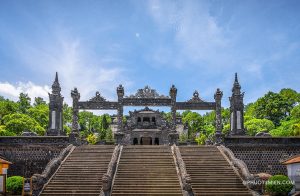
- Minh Mang Tomb: This tomb construction includes a mausoleum area next to a fragrant lotus pond and surrounded by cool green pine trees. Minh Mang Tomb is a mausoleum that attracts tourists with its static lines in architecture and harmonious combination in the space of painting and poetry of the lyrical natural landscape of flowers and leaves, partly expressing the king’s majestic, strict but equally romantic personality.
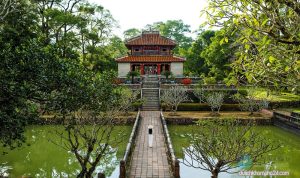
- Tu Duc Tomb: With a large natural space surrounded by lush green trees and located near a large lake, Tu Duc tomb appears with ancient features and sophisticated architecture in an extraordinary poetic and peaceful nature, partly reflecting the king’s romantic poetic soul. Tu Duc tomb is one of Vietnam’s oldest theaters that are still preserved till today.
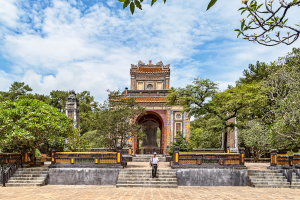
Thien Mu Pagoda

Referring to famous ancient pagodas in Hue, Thien Mu Pagoda cannot be ignored. With hundreds of years of history and beautiful architecture, Thien Mu Pagoda, Hue has never lost its charm to international and domestic tourists. The highlight of Thien Mu Pagoda is Phuoc Duyen Tower. The tower was built in front of the pagoda with a height of 21m and 7 floors. Each floor has a Buddha statue, the top floor has a golden Buddha statue. Phuoc Duyen Tower is an essential architectural work of Thien Mu Pagoda. Up to now, the pagoda still deserves the title “The First Ancient Pagoda”, not only a purely spiritual place but also a beautiful landscape of the ancient capital. Thien Mu Pagoda Hue is located on the banks of the romantic Perfume River, wearing a peaceful and tranquil beauty. From afar, visitors can see the ancient pagoda appearing with the shape of a giant turtle carrying the ancient tower on its back. The majestic pagoda reflects its reflection on the lyrical Perfume River. The space is tinged with poetry, full of poetry that cannot be found anywhere else. Coming here, visitors seem to step into a fairyland, feeling calm and peaceful.
Dong Ba Market
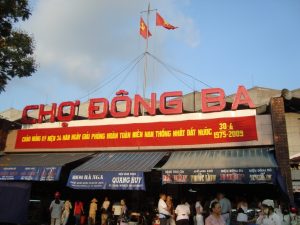
Dong Ba Market is located next to the Perfume River in the city center. This is not only a market selling utensils, food… but there are many interesting things here for you to explore and buy gifts for relatives and friends. The special thing about Dong Ba Hue Market is that the entrance gate is a sign that the ancient design is still intact. That is the reason why it has become a place not to be missed when coming to Hue. Dong Ba Market with a 3-storey design sells all kinds of items. Dong Ba Market consists of a 3-storey building in the center, called the “bell tower” and is surrounded by rows of shopping houses forming several bustling U-shaped sales belts that completely hug the bell tower. You can explore Dong Ba Market by going to the 3rd floor and starting from here. The 3rd floor area is for those who love fashion and want to personally choose the fabrics to make their own clothes. There are a number of clothing shops that are handmade by tailors – who are also sellers – putting their heart and soul into every detail. Going down to the 2nd floor, you can be dazzled by the exquisite handicrafts in Dong Ba Market. Travelers can’t help but be dazzled by the handicrafts as souvenirs from Hue tourism. More specifically, there are also gifts made from ceramics such as earthen pots, lime vases, cups, and bowls carved with cunning features of the ancient capital. Besides, you can also admire the unique items made of bamboo such as baskets, baskets, beds, and hammocks. The first floor is the area in Dong Ba Market for dried seafood in the Central region and many Hue fish sauce specialties such as cori fish sauce, seasoning fish sauce… This area sells many fresh and dried specialties in Hue and also snacks, cooked food and other cuisine.
Perfume River
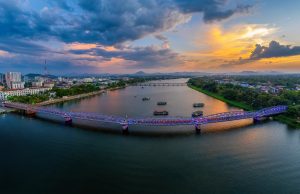
The Perfume River is like a soft stroke that makes Hue even more poetic and romantic. Tourists who want to visit, explore, and watch the Perfume River should take a dragon boat ride and the ideal time is in the fall or spring, when the weather in Hue is quite pleasant. If you sit on a boat on a beautiful sunny day, the river has different beauties. During the day, the river is emerald green, sparkling in the sunlight and rippling when boats pass by this place. When sunset falls, the Perfume River turns orange-yellow, this is also the time when the river is at its most beautiful. Night falls, Truong Tien Bridge lights up, the lights shine on the quiet river. There’s nothing more exciting than going out by boat at night to admire the Perfume River scenery, releasing lanterns into the water, listening to lyrical Hue royal music in the quiet night sky.
A romantic and poetic in Vietnam that everyone should visit once in their lives. Soothing, dreamy, lyrical are beautiful words to describe Hue. In recent days, this city is one of the three major tourist regions of the country, with a long cultural history. This is a place to preserve and develop many beautiful landscapes and historical relic complexes recognized by the world.



